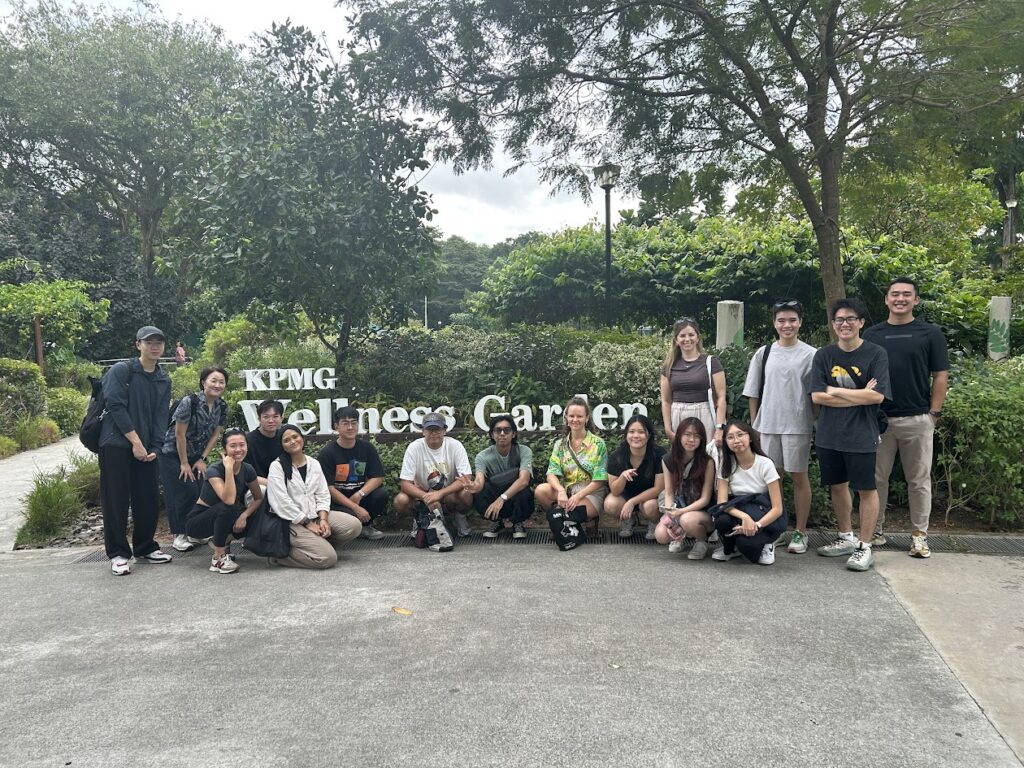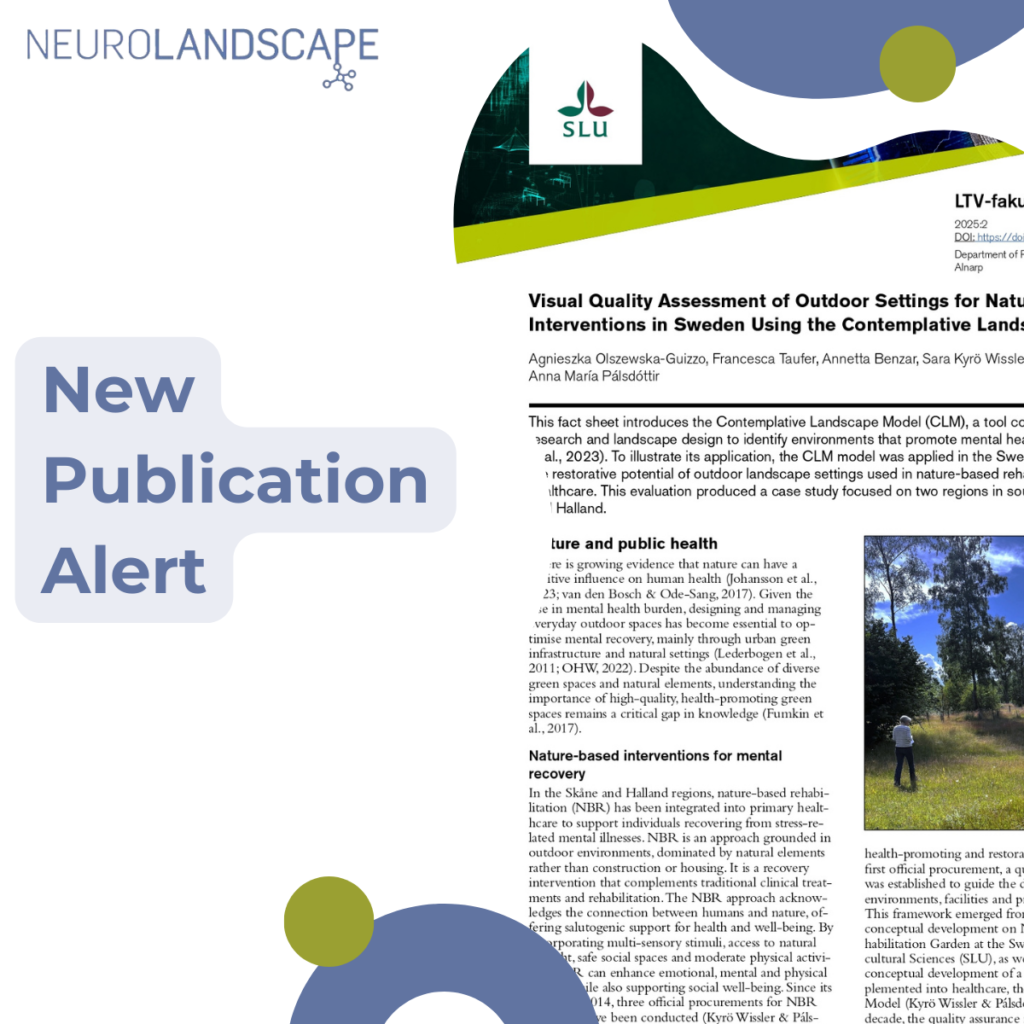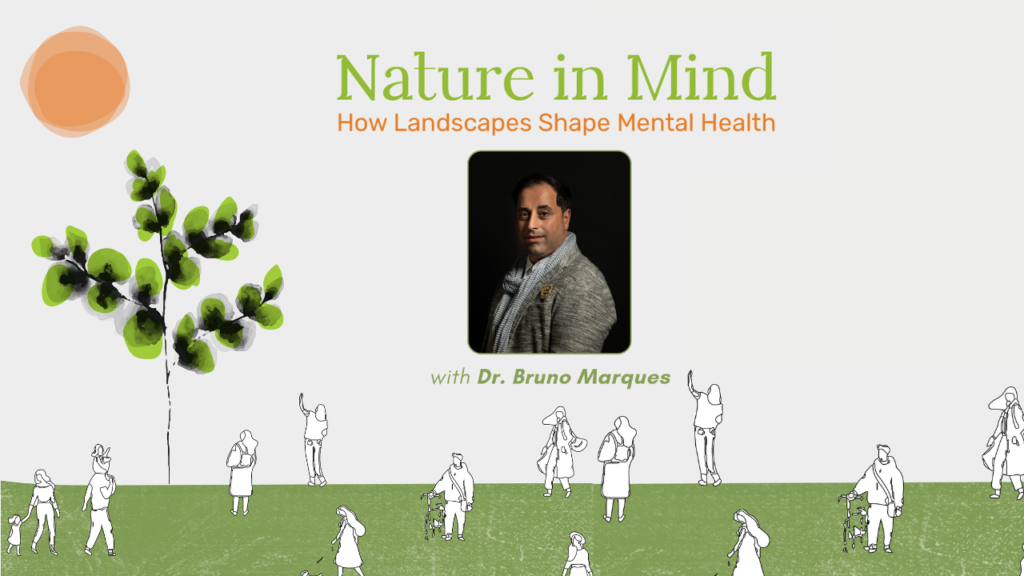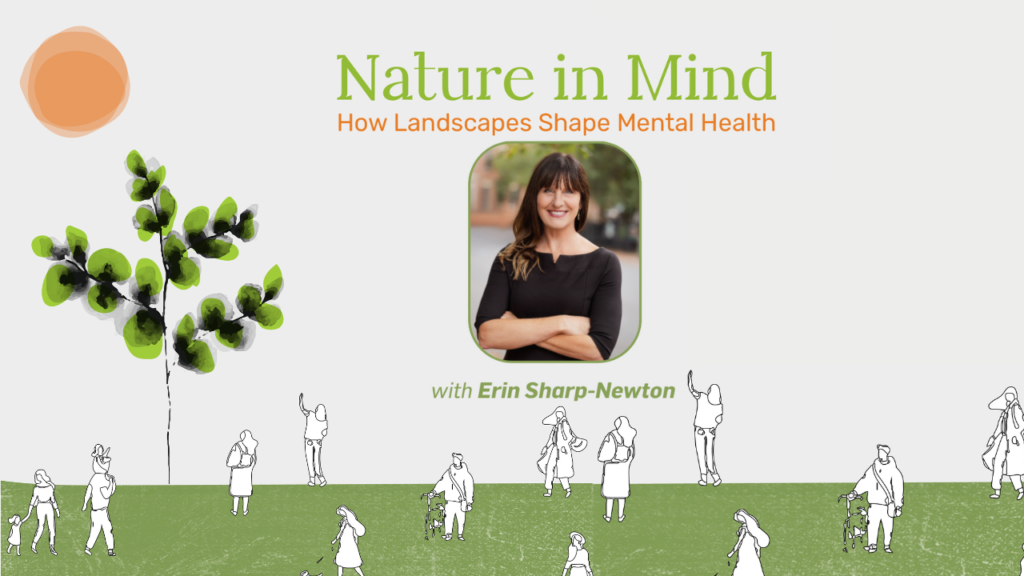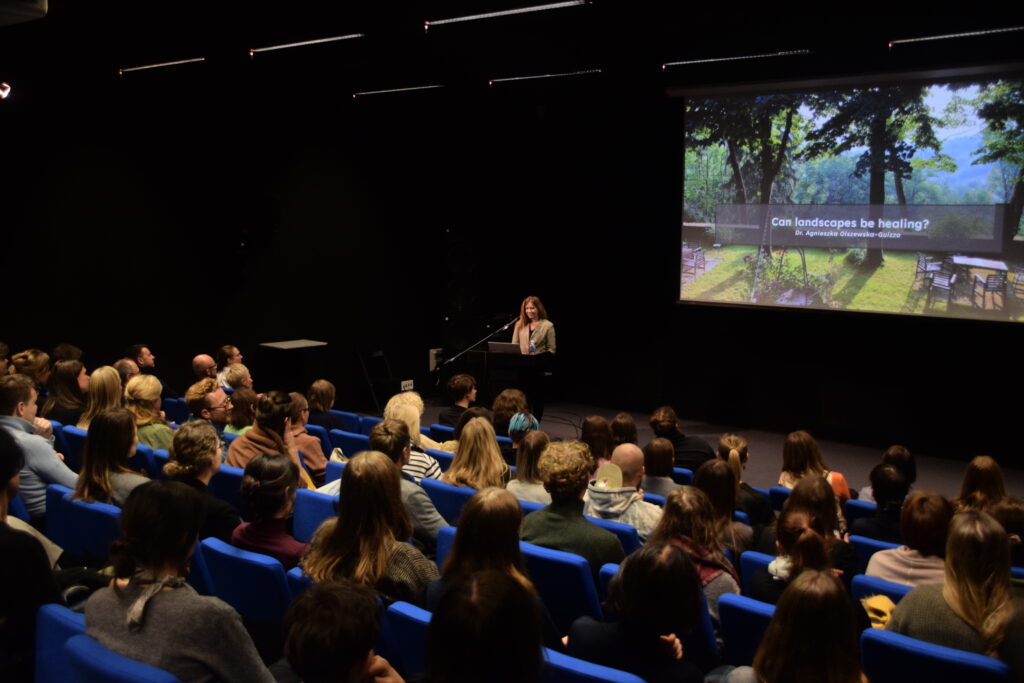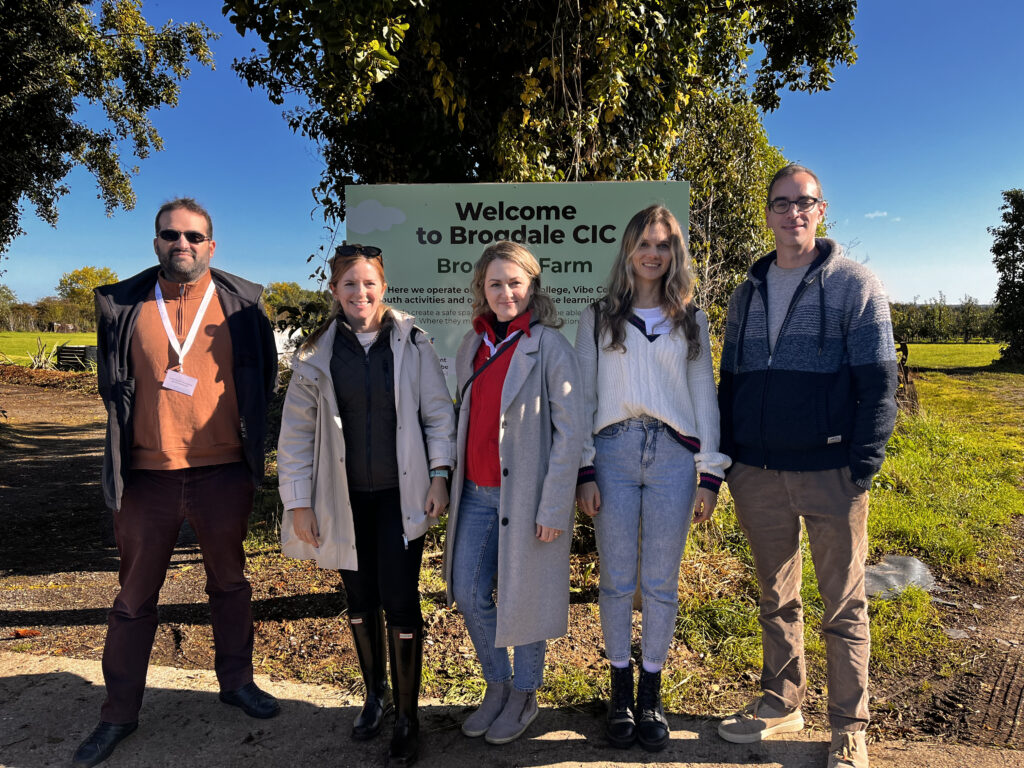Date: 27 February 2025 Time: 9:00 AM – 12:00 PM Location: East Coast Park NParks Office & KPMG Wellness Garden On a bright morning in late February, a group of 21 students gathered at the East Coast Park NParks Office for an insightful session on therapeutic garden design. Facilitated by NParks employees Afiq Fairuz (Landscape Architect and garden designer) and Dr. Agnieszka Olszewska-Guizzo, the Read More
Category: Neurolandscape
Nature in Mind: Interview with Dr. Bruno Marques
Dr Bruno Marques is a landscape architect and educator. He completed his Landscape Architecture studies at the University of Lisbon (Portugal) and Berlin Technical University (Germany), followed by his PhD studies at the University of Otago (New Zealand). Bruno has practised in Germany, Estonia, the United Kingdom and New Zealand, having an extensive portfolio of Read More
Nature in Mind: An Interview with Erin Sharp-Newton
Erin Sharp-Newton, M. Arch, is the 2024 President for the American Institute of Architects Central New Jersey (AIACNJ.org) and serves as the Director of the Centre for Urban Design and Mental Health (UD/MH), founded by Dr. Layla McCay. She has been a Fellow of UD/MH since 2016 and holds the role of Section Editor of Read More
A few words on climate change, mental health and gender
A recent publication tackling the intersection of climate change and health, developed by members of the NeuroLandscape team, has been released in the book Climate Change and Health Hazards: Addressing Hazards to Human and Environmental Health from a Changing Climate, edited by Walter Leal Filho, Diogo Guedes Vidal, and Maria Alzira Pimenta Dinis. The chapter, Read More
ICUH 2024: Green Care for Mental Health Equity and its Main Players
We are excited to share that our CEO, Dr. Agnieszka Olszewska-Guizzo, and our Gender Equality Officer, Dr. Weronika Gąsior, participated in the International Conference on Urban Health (ICUH2024) in Marrakesh, Morocco, to present the results from Work Package 2 of the GreenMe project. The conference, hosted by the International Society for Urban Health (ISUH), Read More
NeuroLandscape in Cork: GreenInCities Second Consortium Meeting
Cork, UK – October 8-9, 2024 Earlier this month, the NeuroLandscape team had the pleasure of attending the GreenInCities (GIC) Second Consortium Meeting in the vibrant city of Cork, Ireland. Hosted by the University College Cork (UCC) and Cork City Council, the two-day event gathered the international project partners to advance our shared mission: urban Read More
“A Talks” cycle ✨ Mental health – What does Architecture Have to do with it? ✨
5th November, at 19:00. National Art Gallery in Vilnius, Lithuania Our CEO Dr. Agnieszka Olszewska-Guizzo gave a talk titled “Can landscapes be healing?”at the National Gallery of Art in Vilnius. In this talk, Agnieszka explored the intersection between landscape architecture and neuroscience, which led to the creation of Contemplative Landscapes. She presented the science behind Read More
GreenME General Assembly Meeting October 2024: NeuroLandscape in Canterbury, UK
Canterbury, UK – October 9-11, 2024 The NeuroLandscape team was pleased to attend the recent General Assembly Meeting for the GreenME project, hosted by the University of Kent. To mark the project’s second year, the gathering brought together the diverse consortium of partners from across Europe and the U.S., with the goal of furthering their Read More
Designing for Well-Being: How the Contemplative Landscape Model Transforms Urban Spaces
We’ve all felt the calming effects of spending time in nature, whether it’s a stroll through a park or a quiet moment in a garden. But not all natural environments induce the same mental health benefits. Some landscape features, when combined, are more effective than others at promoting well-being, and the Contemplative Landscape Model (CLM) Read More

